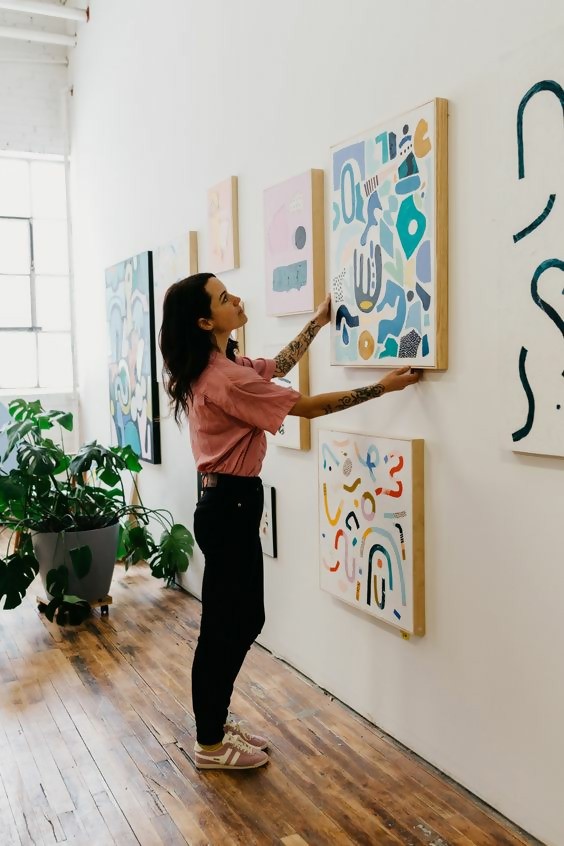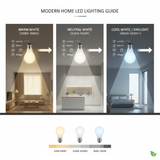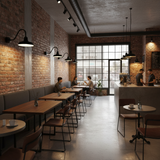How Decorating Your Home Can Be Good For Your Mental Health
Many of us are aware first-hand how powerful the right design can be for an interior space. Dark drapes and oversized furniture, for instance, can make a space seem tiny and maybe a little sad depending on how elements like these are implemented. However, light colors and a minimalistic design can make your home seem happier, roomier, and less chaotic. That said, it’s apparent that your home’s overall design and décor make a big difference.
But did you know that the actual interior decorating process itself can have an impact on us personally? Although it is our end goal to bring aesthetics and comfort to an interior space, the positive impact decorating can have on us as humans makes for another great excuse to redecorate the home.
In fact, here are the many ways decorating the home can be good for our mental health:
It Distracts Us And Forces Us To Focus.
Perhaps one of the most obvious ways interior decorating helps us on a mental level is by distracting us and forcing us to focus by getting us to deeply engage in the decorating process. When dealing with life’s many stresses, it can be difficult to regroup and reprioritize ourselves and our worries. However, given that interior decorating takes a lot of cognitive thought and mental decisions, decorating the home can redirect us and teach us that it is very much possible for us to shift our thoughts on command.
Likewise, redecorating our interior allows us to see that all good things take time, effort, and progress. Figuring this out, this can not only help us during the interior decorating process itself but also help us realize that the roadblocks we face in our daily lives require our attention and full focus. Just like interior decorating isn’t something that can be accomplished at the snap of our fingers, dealing with our own personal problems takes a lot of work and time.
Interior Decorating Presents Healthy Challenges We Need To Grow.

Trial-and-error learning, while it can be challenging and sometimes a little frustrating at times, is actually a great way to grow and become more knowledgeable. For instance, in interior decorating, we might come across challenges in picking between two similar décor items, matching and complementing different décor pieces to one another, arranging décor items in our space, or making other general décor decisions. For some folks, having the courage to get rid of old interior décor to replace with newer décor is a challenge it itself if they have trouble letting things go or dealing with change.
Although interior decorating doesn’t have anything directly in common with managing our mental health, the healthy challenges of interior decorating can essentially help us deal with our own personal challenges as well as we learn to adapt, let go, and take charge of what life throws our way. While it seems contradictory to throw more challenges onto us when we already have challenges on our plate, sometimes a new, different challenge can help us tackle our old ones.
Decorating Our Interior Space Encourages Us To Reorganize And Declutter.
When it comes to taking on an interior re-decorating project, you’re going to have to make decisions. Even when you think you have all of those decisions set in stone, you may have second thoughts. Then those second thoughts might turn into alternative decisions. What you might have thought would be a simple decorating project might basically turn into a whole interior design project.
Nevertheless, engaging even in a small session of decorating can open your eyes to the rest of your design. You may notice things that you never thought were problems before, like clutter and disorganization. In response, you may start decluttering and reorganizing your space. You won’t be doing these things to make the decorating process longer or more challenging, but rather, you may do them because you want the big picture – your entire interior design – to look picturesque.
The reorganization and decluttering that often come along with re-decorating the inside of your home is not just good for your home but also for you. As you engage in the processes of physical decluttering and reorganizing your belongings, this also helps you declutter your brain. When decisions fall into place, and external stimuli is less messy, your brain becomes more organized as well. Research shows that organizing our space can lower our cortisol levels, and in turn, help us mentally and even cognitively. With a cleaner, more organized, less cluttered space, we can sleep and eat better, feel calmer and more in control, and deal with better overall health as a result – and of course, all of these processes play a role on our mental health as well.
Caring For Your Space Acts As An Indirect Form Of Self-Care.

Self-care is important when it comes to managing stress and getting a grip on our tough emotions. However, usually self-care is something very personal and one-on-one like taking a bubble bath, going to a day SPA, getting a massage, going on vacation, taking more days off from work, and other forms of pampering and caring for ourselves on a physical and mental level.
But if you think about, redecorating your home is kind of like engaging in self-care. When you decorate your home’s interior, you’re tending to something to make it better, and quite frankly, something that is more suitable for you personally. Indirectly, decorating the home allows you to better yourself as a person as you keep productive, stay focused, and conquer challenges as you decorate your space. However, caring for your space can also have a direct impact on your own self-care as you select décor and other pieces for your space that are personalized for you: things that you like, make you feel cozy, and allow you to feel happy and safe.
Overall, decorating a space that means something to you and makes you feel good inside and out is certainly a form of self-care we usually don’t talk about. Personalizing your interior space into something that is suitable for your mental health wants and needs is not selfish but smart.
New Décor Gives Us A New Perspective.
There’s a quote by Alexander den Heijer that reads, “When a flower doesn’t bloom, you fix the environment in which it grows, not the flower.” From a horticulture perspective, you might move the flower into a sunnier region of your yard or give it better soil. As a result, the foliage of the flowers might become greener and lusher, and the plant may produce bigger, more beautiful blooms.
From a mental perspective, changing your surroundings can lead to similar results in many cases. Even if your current interior design isn’t an issue, a fresh, new environment can still be quite powerful. With exciting colors and new décor in our home, it’s a whole new experience, a whole new environment as spending time in a re-decorated space can bring feelings of accomplish and joy, and if you added the right elements, the décor pieces in your space themselves can bring sensations of positivity and comfort.
Conclusion
While a session of interior decorating won’t have the power to melt each of your problems away, it still acts as a great way to shift your mental focus and indulge in something new and refreshing. Just like taking a dip in the pool on a sweltering afternoon or getting a new hair-do after months of growing your hair out, touching up your interior space with new décor may be simple but can make a definite difference for not just your space but also for you personally.
Even long after the interior decorating process is complete, the results can still have an influence on your thoughts, feelings, and even behaviors. For that reason, it’s vital that we decorate our space carefully while strongly considering how it can impact us not just throughout the process but also long after it’s finished. Let your interior design make a lasting mark.
If you need more interior or exterior design-related tips and tricks, check out the rest of our blog posts.
Recent Posts
-
Understanding LED Lighting: A Guide to Lumens, Kelvin & CRI
A Beginner's Guide to Understanding LED Lighting Shopping for a new light can feel surprisingly comp …31st Oct 2025 -
Barn Lights in Commercial Spaces: Adding Style to Restaurants and Cafes
The right lighting does more than just illuminate a space; it creates an experience. For restaurants …6th Oct 2025 -
Color Temperature Explained: A Complete Guide to Warm vs. Cool Light
Learn what color temperature is and how it affects the mood, function, and appearance of lighting. D …31st Jul 2025




